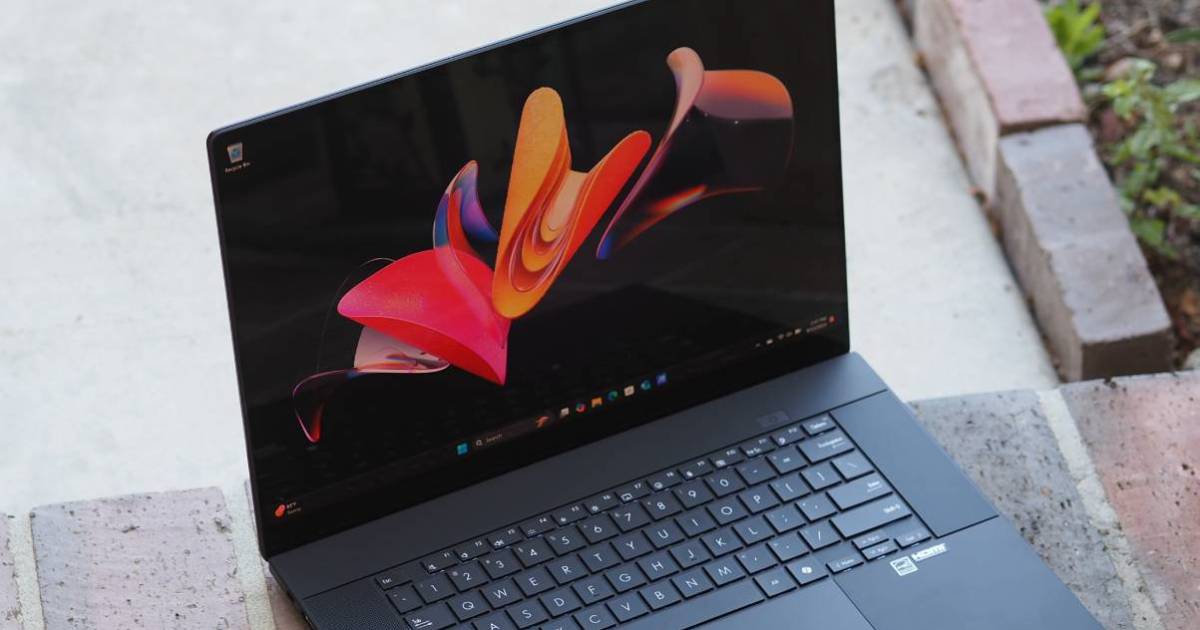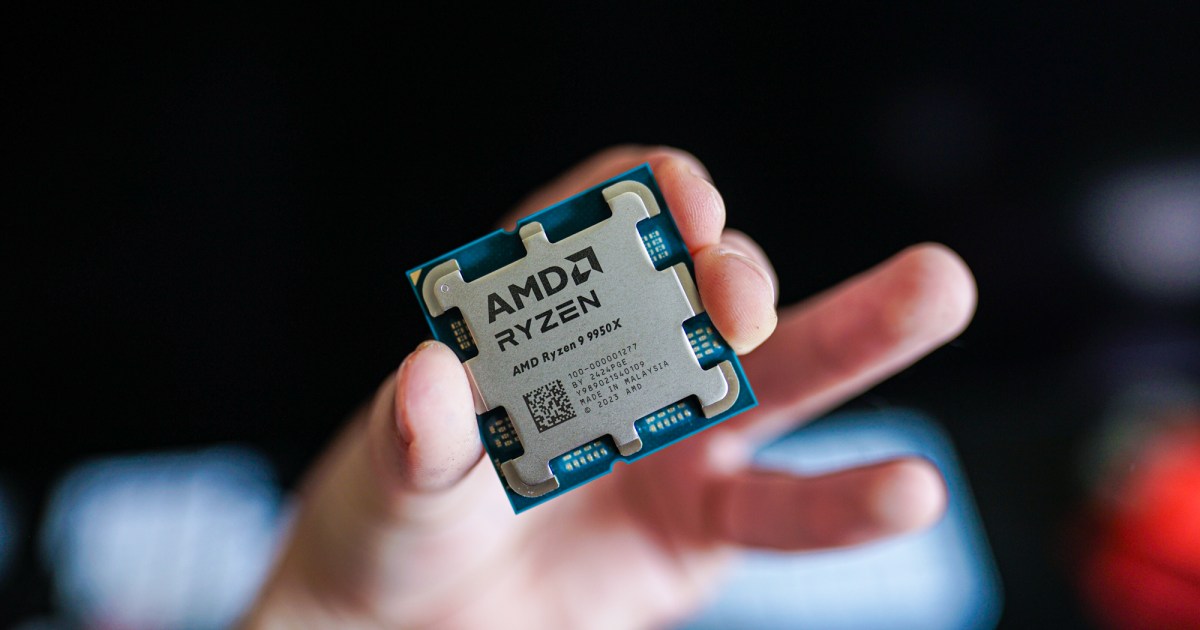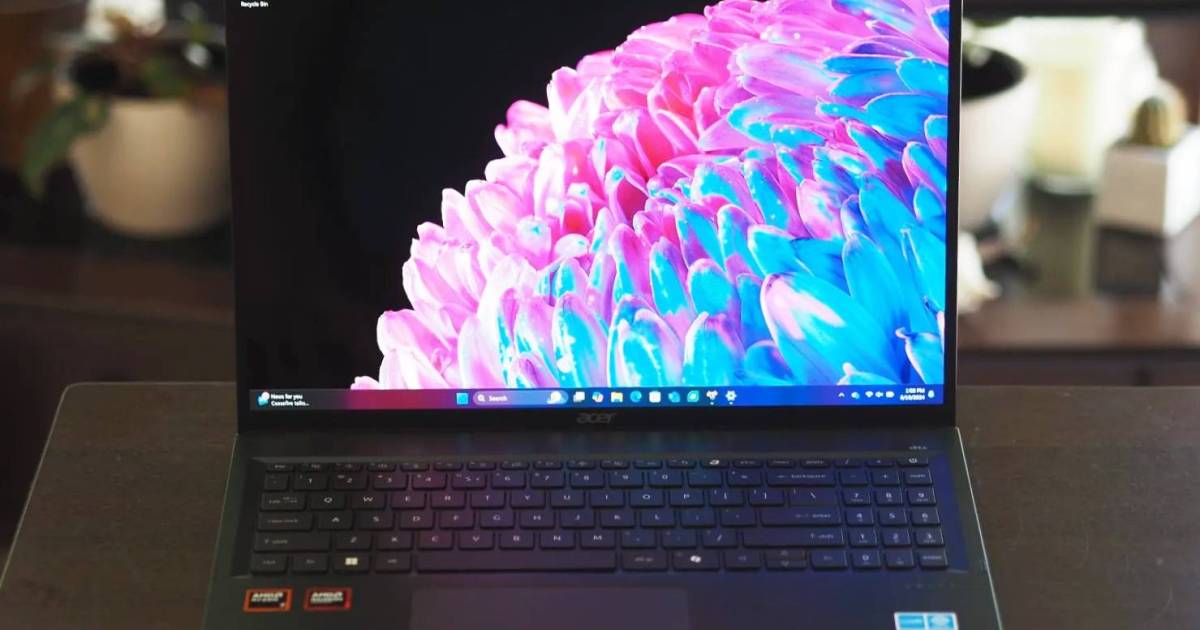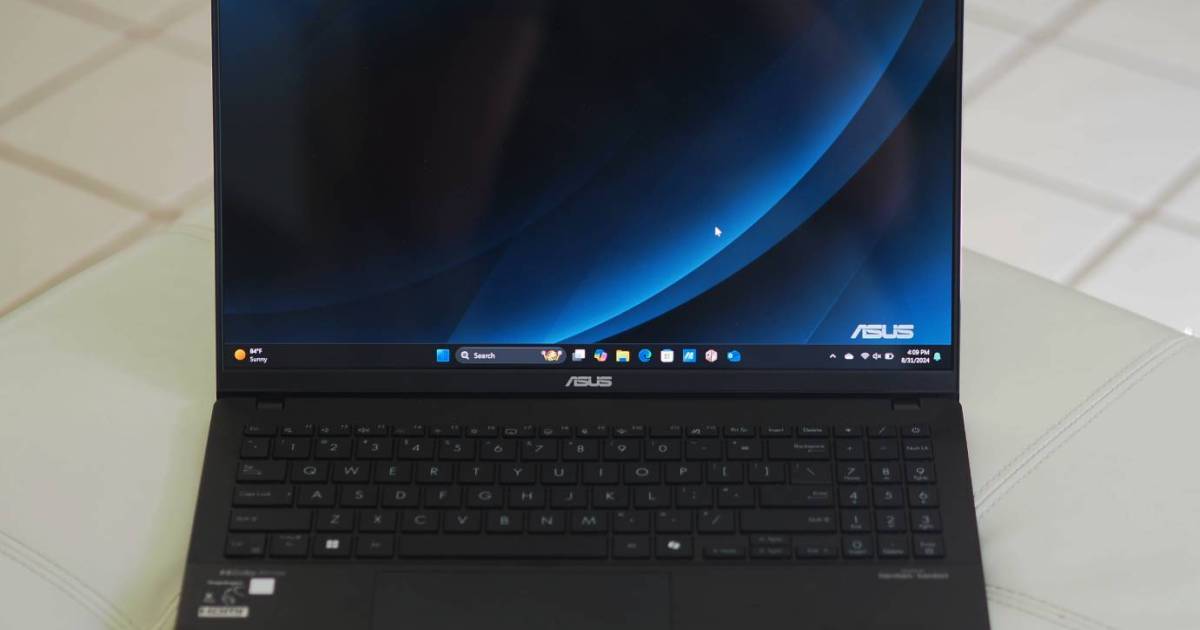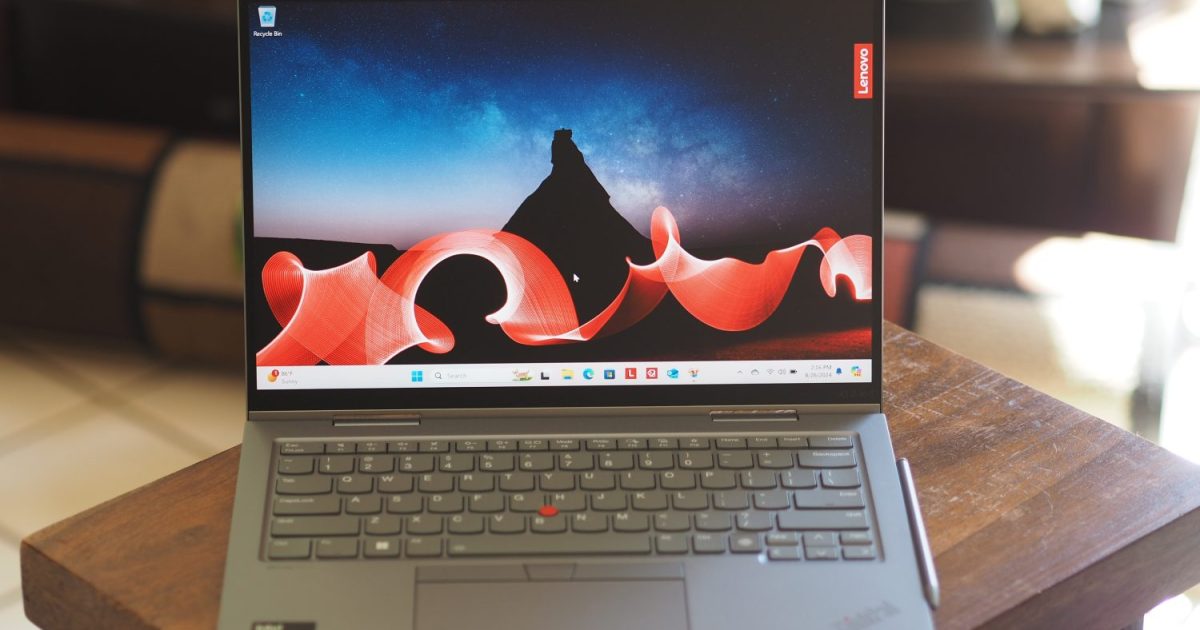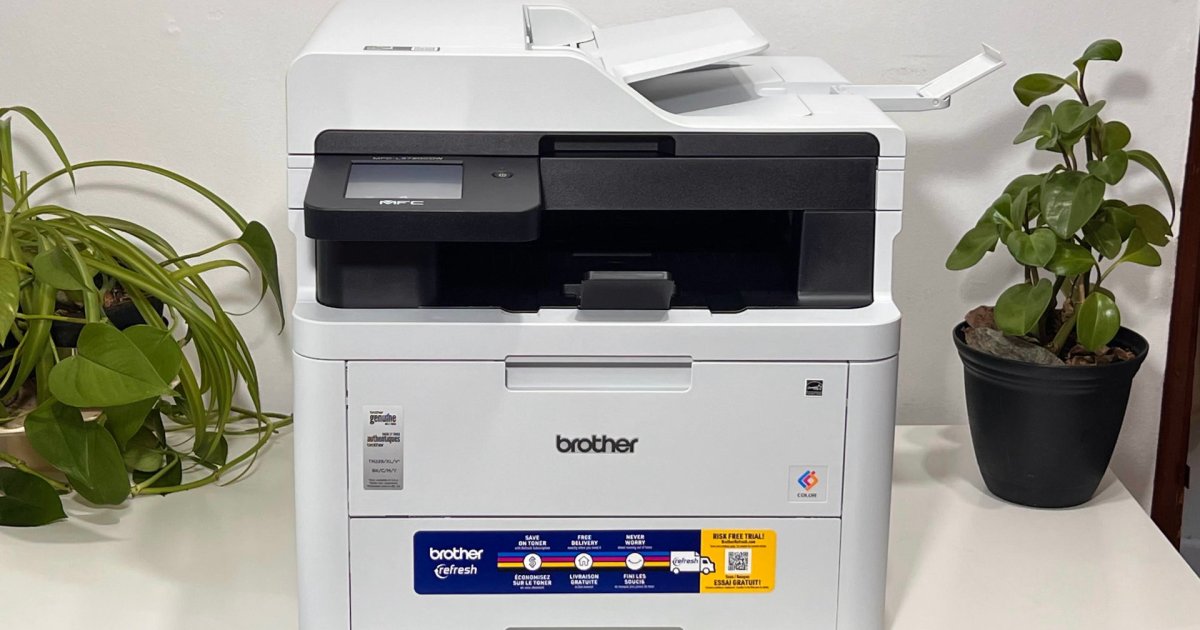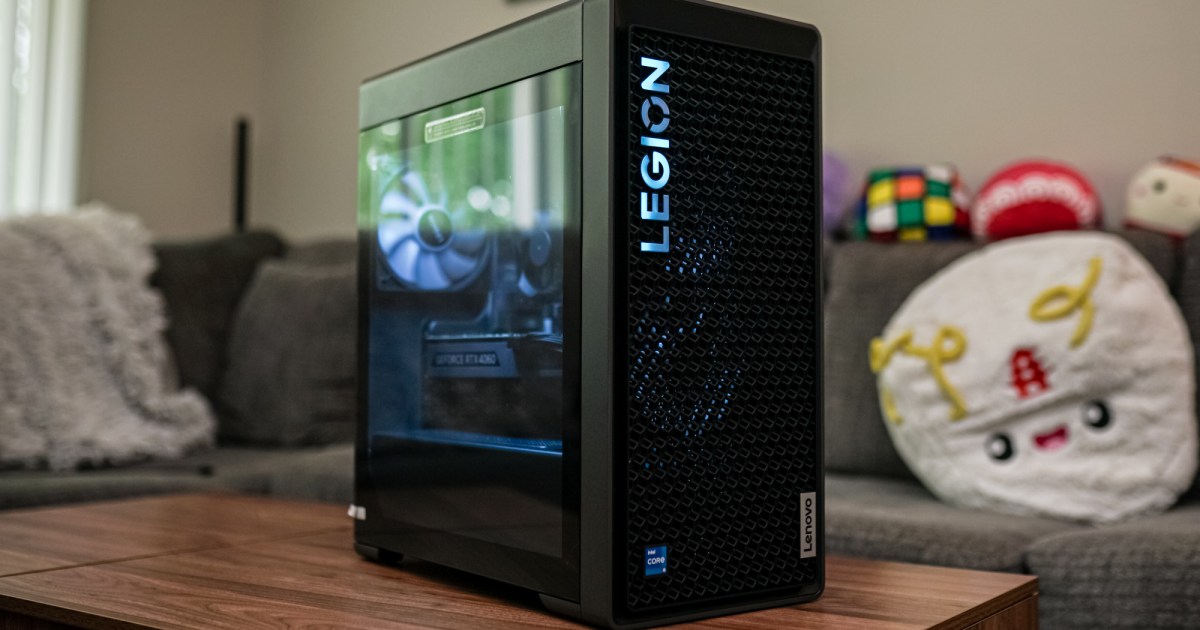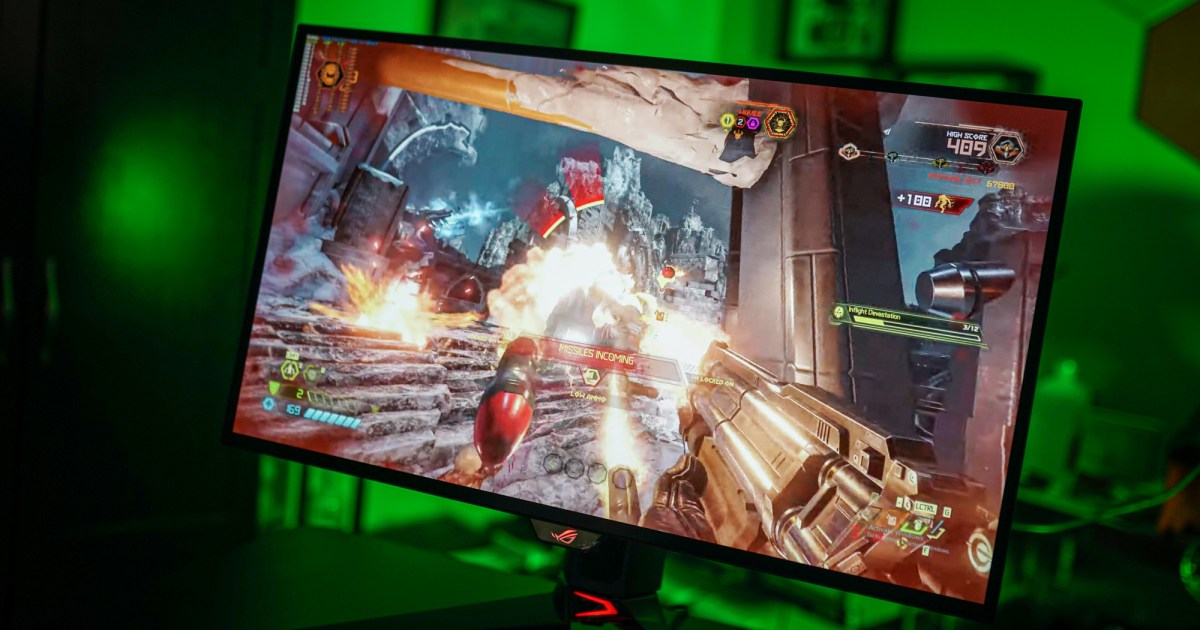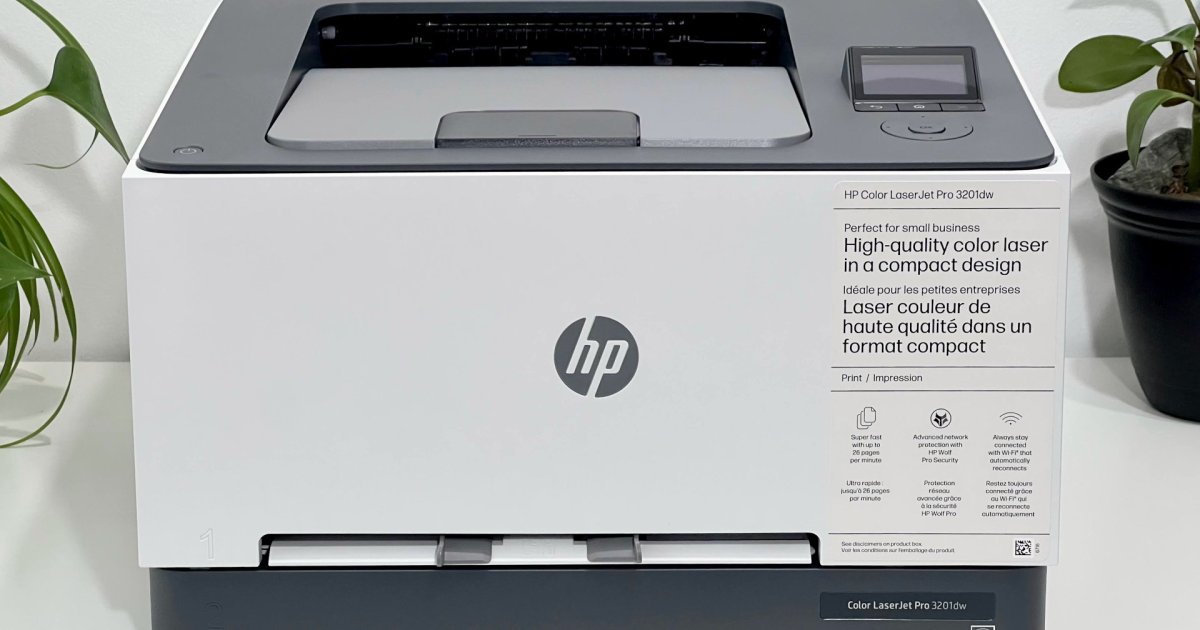The Asus ProArt P16, powered by AMD’s latest Ryzen AI 9 chipset, offers impressive performance for creative professionals. This review focuses on the ProArt P16’s capabilities in creative applications and light gaming, highlighting its strengths and weaknesses compared to other 16-inch laptops.
Performance and Features for Creative Professionals
The ProArt P16 boasts the AMD Ryzen AI 9 HX 370 chipset and a stunning 4K+ OLED display. Our review unit, equipped with 32GB of RAM, a 1TB SSD, and an Nvidia GeForce RTX 4060 GPU, is priced at $1,900. Upgrades to an RTX 4070, 64GB of RAM, and a 2TB SSD are available, pushing the price to $2,700.
How does this pricing stack up against the competition? The Dell XPS 16, while offering a lower base price, becomes significantly more expensive when configured similarly to the ProArt P16. The Lenovo Yoga Pro 9i 16 provides another compelling option with competitive pricing and a 3.2K OLED display. Finally, the MacBook Pro 16, while offering exceptional performance with the M3 Max chip, comes at a considerably higher price point. The ProArt P16 and Yoga Pro 9i 16 stand out as reasonably affordable choices for creators seeking powerful performance without breaking the bank.
Design and Build Quality
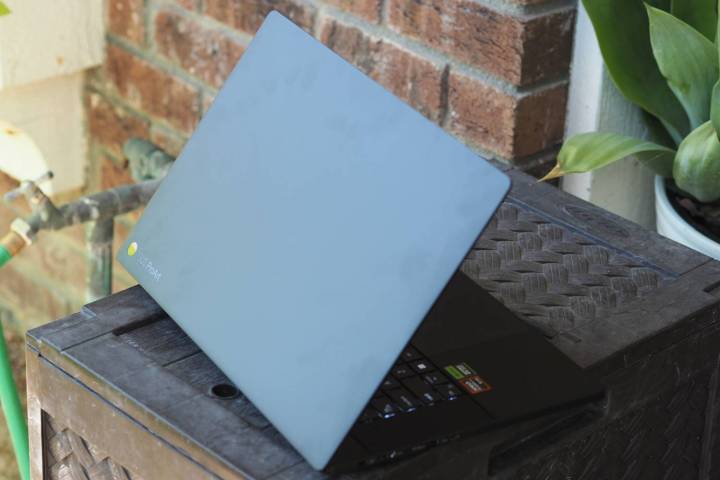 The lid of the ProArt P16.ProArt P16’s sleek black lid.
The lid of the ProArt P16.ProArt P16’s sleek black lid.
The ProArt P16’s all-black chassis, keyboard layout, and large touchpad bear a resemblance to the MacBook Pro 16. However, the MacBook Pro 16 boasts a more robust build. While the ProArt P16’s keyboard deck and bottom lid are sturdy, the lid exhibits some flex, a slight disappointment considering Asus’s reputation for solid construction. The Dell XPS 16 and MacBook Pro 16 both offer superior build quality, but the ProArt P16 remains lighter and more portable. The Lenovo Yoga Pro 9i 16, slightly larger and thicker, is comparable in weight to the ProArt P16.
Input Devices: Keyboard, Touchpad, and DialPad
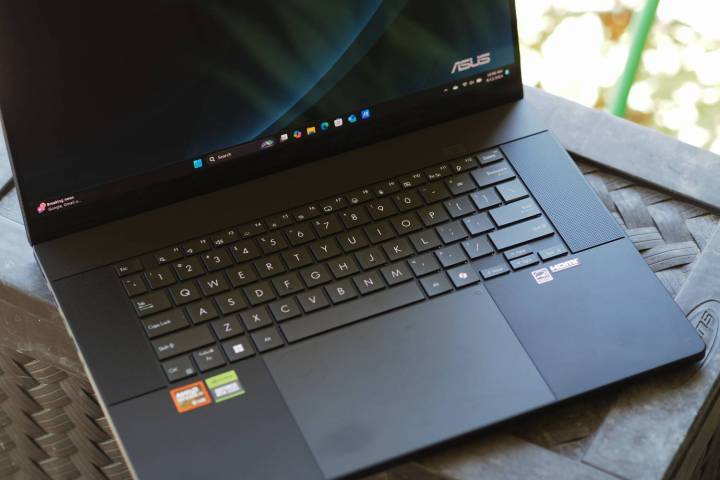 The Asus ProArt P16 on a bench.ProArt P16 showcasing its keyboard and touchpad.
The Asus ProArt P16 on a bench.ProArt P16 showcasing its keyboard and touchpad.
The ProArt P16’s keyboard offers a comfortable typing experience with well-spaced keys and responsive switches. While the MacBook Pro 16’s Magic Keyboard remains a favorite, the ProArt P16’s keyboard is more than adequate for most users. The touchpad, while functional, falls short of the premium haptic touchpads found on competitors like the MacBook Pro 16 and Dell XPS 16. The Yoga Pro 9i 16 offers a similar mechanical touchpad.
A unique feature of the ProArt P16 is the DialPad, integrated into the touchpad. While seemingly gimmicky, the DialPad, combined with the ProArt Creator Hub utility, offers valuable functionality for creative workflows. Features like precise color control, Pantone value adjustments, and various performance optimization tools enhance the creative experience.
Connectivity and Webcam
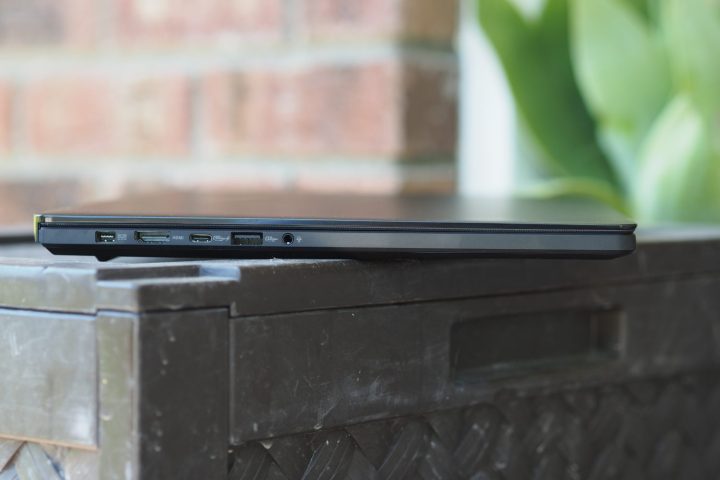 Asus Pro Art P16 left side view showing ports.Left side ports.
Asus Pro Art P16 left side view showing ports.Left side ports.
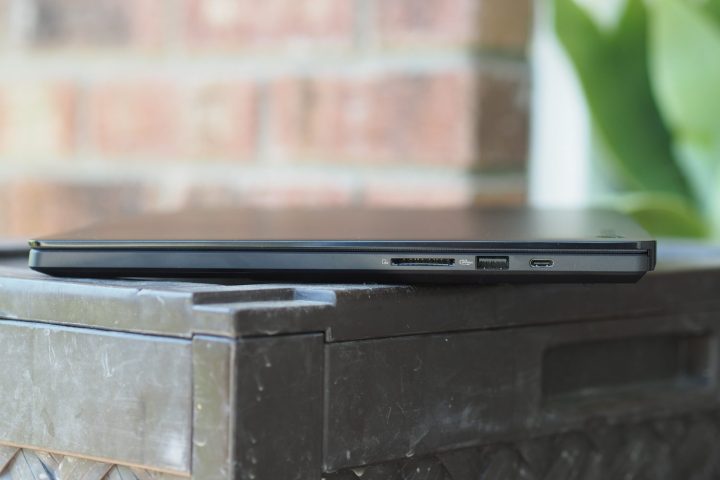 Asus ProArt P16 right side view showing ports.Right side ports.
Asus ProArt P16 right side view showing ports.Right side ports.
The ProArt P16 offers a mix of modern and legacy ports, including a full-size SD card reader. However, only one of the two USB-C ports supports the faster USB4 standard, a limitation compared to the MacBook Pro 16 and Dell XPS 16. The Yoga Pro 9i 16 offers similar connectivity to the ProArt P16. Wireless connectivity is up-to-date with Wi-Fi 7 and Bluetooth 5.4. The 1080p webcam with infrared for Windows Hello facial recognition is a welcome addition, supporting basic Microsoft Studio Effects for AI-assisted background blurring.
Benchmark Results and Performance Analysis
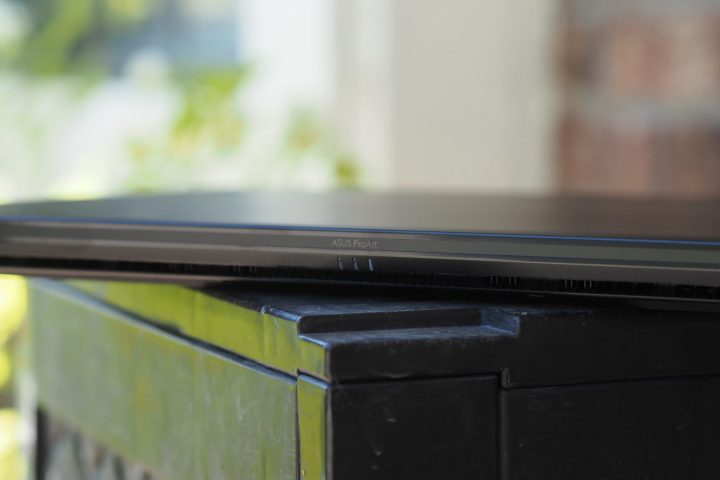 Asus ProArt P16 rear view showing vents.Rear vents for optimal cooling.
Asus ProArt P16 rear view showing vents.Rear vents for optimal cooling.
The ProArt P16 delivers excellent performance, rivaling laptops equipped with Intel’s Core Ultra 9 185H. It excels in the PCMark 10 Complete benchmark, indicating exceptional productivity and creativity performance. The Nvidia GeForce RTX 4070 performs admirably, surpassing the Dell XPS 16 and Alienware m16 R2 in GPU-intensive tasks. While the MacBook Pro 16 with the M3 Max chip offers significantly higher performance, it also commands a much higher price.
| Geekbench 6 (single/multi) | Handbrake (seconds) | Cinebench R24 (single/multi/GPU) | Pugetbench Premiere Pro | |
|---|---|---|---|---|
| Asus ProArt P16 (Ryzen AI 9 HX 370 / RTX 4070) | Bal: 2,688 / 14,497 Perf: 2,690 / 14,455 | Bal: 50 Perf: 49 | Bal: 114 / 1,165 / 11,184 Perf: 114 / 1,208 / 11,421 | Bal: 5,444 Perf: 6,451 |
| Asus ProArt PX13 (Ryzen AI 9 HX 370 / RTX 4050) | … | … | … | … |
| … | … | … | … | … |
Gaming Performance
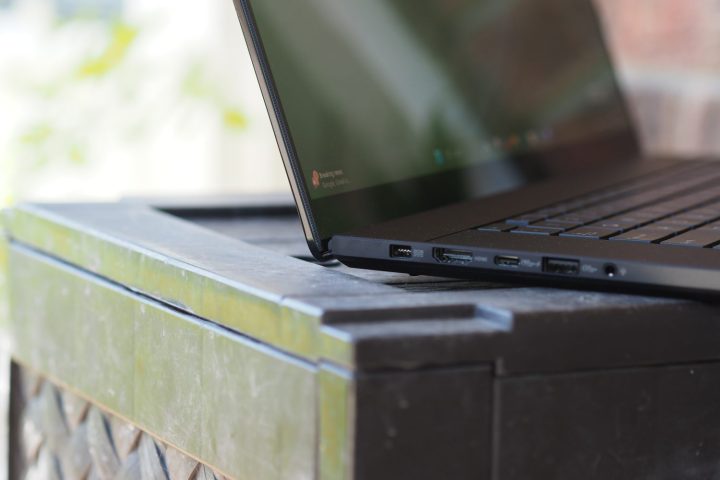 Asus ProArt P16 side view showing ports and lid.Side view highlighting ports and design.
Asus ProArt P16 side view showing ports and lid.Side view highlighting ports and design.
While primarily designed for creative tasks, the ProArt P16 handles gaming reasonably well. With the option to switch between Studio and Game Ready drivers, the RTX 4070 allows for enjoyable gaming experiences at 1600p resolution and high graphics settings.
| 3DMark Time Spy | Assassin’s Creed Valhalla 1600p Ultra High | Red Dead Redemption 1600p Ultra | |
|---|---|---|---|
| Asus ProArt P16 (Ryzen AI 9 HX 370 / RTX 4070) | Bal: 11,689 Perf: 11,708 | Bal: 111 fps Perf: 122 fps | Bal: 70 Perf: 76 |
| … | … | … | … |
AI Performance and Battery Life
Evaluating AI performance remains challenging due to the lack of standardized benchmarks. While the AMD Ryzen AI 9 boasts a high TOPS rating, its real-world impact on AI tasks is difficult to quantify.
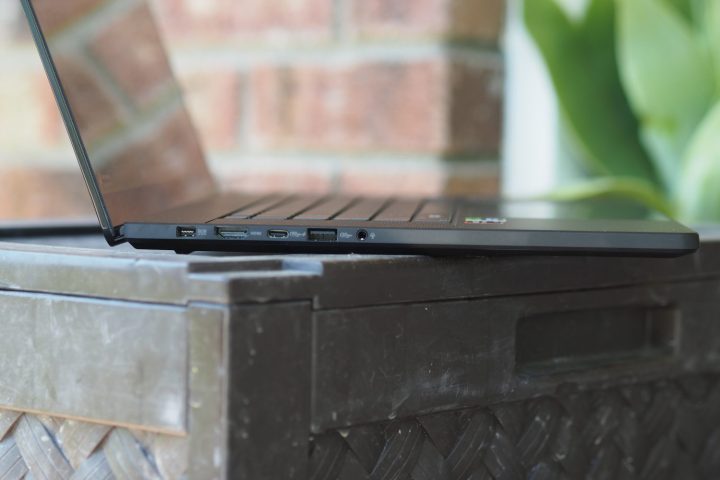 Asus ProArt P16 side view showing ports and lid.Another side view showcasing its design.
Asus ProArt P16 side view showing ports and lid.Another side view showcasing its design.
The ProArt P16’s 90 watt-hour battery delivers reasonable longevity for a 16-inch laptop, achieving around 8.5 hours in web browsing and 11 hours in video playback. While the MacBook Pro 16 offers significantly better battery life, the ProArt P16 outperforms competitors like the Dell XPS 16 and Lenovo Yoga Pro 9i 16.
Display and Audio
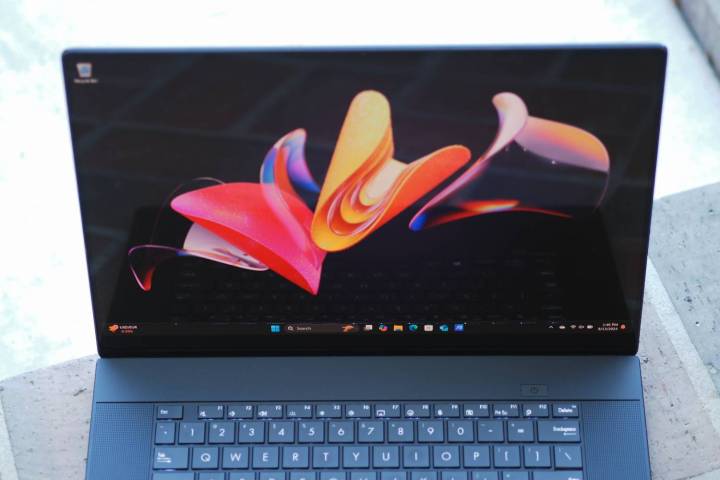 The display of the ProArt P16.Vibrant 4K+ OLED display.
The display of the ProArt P16.Vibrant 4K+ OLED display.
The ProArt P16’s 4K+ OLED display is a highlight, offering vibrant colors, deep blacks, and excellent color accuracy. While the 60Hz refresh rate may disappoint gamers, creators will appreciate the exceptional visual quality.
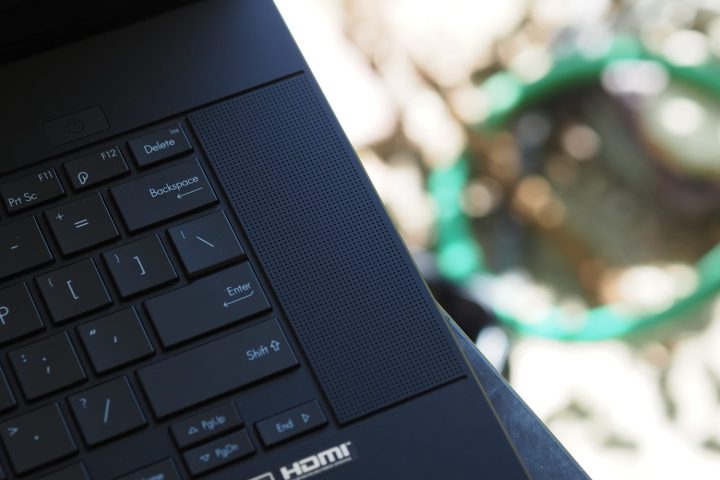 Asus ProArt P16 top down view showing speaker.Speaker grille placement.
Asus ProArt P16 top down view showing speaker.Speaker grille placement.
The six-speaker sound system delivers impressive audio quality with rich bass and clear mids and highs. While distortion can occur at maximum volume, the ProArt P16 offers one of the best audio experiences among Windows laptops.
Conclusion: A Compelling Choice for Windows Creators
The Asus ProArt P16 presents a compelling option for Windows creators seeking a powerful and affordable laptop. Its excellent performance, stunning OLED display, and reasonable battery life make it a strong contender against its competitors. While the MacBook Pro 16 remains a premium choice for those with larger budgets, the ProArt P16 and Lenovo Yoga Pro 9i 16 offer excellent value and performance for creative professionals.



